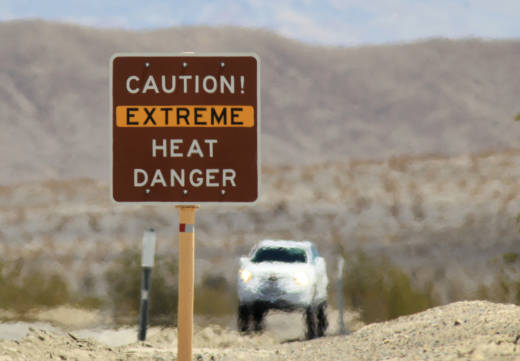The natural furnace of California’s Death Valley was on full broil in July, tentatively setting a world record for hottest month ever.
The month’s average temperature was 108.1 degrees, said Todd Lericos, a meteorologist in the Las Vegas office of the National Weather Service.
That roasted the previous record, set in Death Valley in July 2017 when the average was 107.4 degrees.
“It eclipsed the record by quite a bit,” Lericos said, adding that the data is considered preliminary and needs to be reviewed before it goes into official record books.
The temperatures are measured at Furnace Creek in Death Valley National Park, a vast, austere and rugged landscape in the desert of southeastern California that includes Badwater Basin, which at 282 feet (85.9 meters) below sea level is the lowest point in North America.
